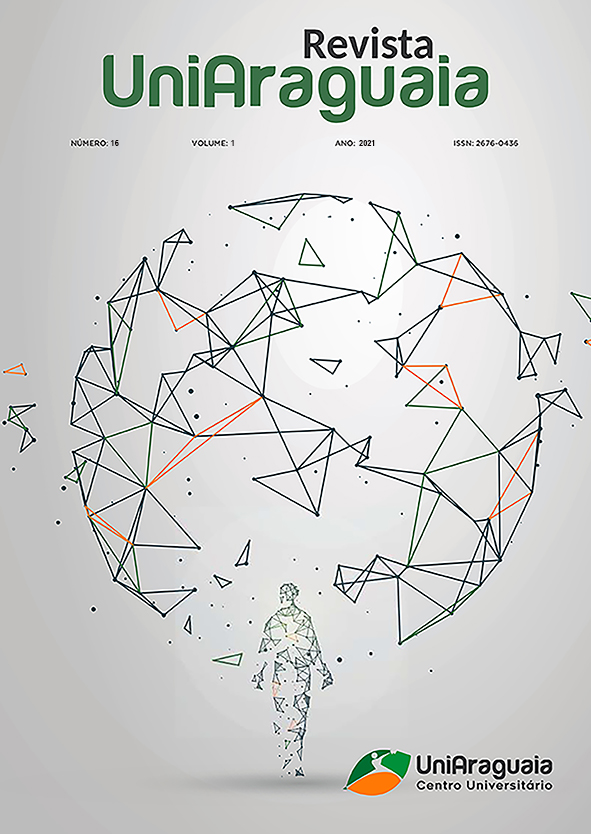EDUCAÇÃO ESCOLAR INDÍGENA: UMA ANÁLISE DA REPRESENTAÇÃO SOCIAL DO INDÍGENA NA ATUALIDADE FRENTE O OLHAR DO HOMEM BRANCO NOS LIVROS DIDÁTICOS
Keywords:
Educação. Representação social indígena. Livros didáticos.Abstract
O presente artigo tem por objetivo realizar uma análise bibliográfica de 6 livros didáticos, a fim de verificar como os indígenas são representados nos livros didáticos utilizados em escolas de Ensino Fundamental e Médio da cidade de Ponta Porã no Mato Grosso do Sul. Dos livros analisados dois são do 1° ano do Ensino Médio, dois do 6° ano do anos finais do Ensino Fundamental II, do qual um destes livros pertence a escola privada, um livro do 7° ano e um livro do 4° ano. A pesquisa é resultado de questionamentos levantados acerca do tema na disciplina de Educação Escolar Indígena do curso de Pedagogia da Universidade Federal do Mato Grosso do Sul. Com o estudo foi possível verificar que os livros didáticos analisados ainda reproduzem uma visão estereotipada e distorcida dos povos indígenas, apesar das mudanças promovidas pela legislação brasileira no decorrer dos anos com relação aos direitos indígenas.
Downloads
Published
Issue
Section
License
The copyright of the published articles will be transferred to the Uniaaraguaia Magazine, allowing its subsequent reproduction as transcription and with due citation of source. In the event of acceptance and before the publication of the article, the plaintiff (s) shall write a statement formally transferring copyright to the magazine.
The author may also print and distribute copies of his article, provided that he mentions that the rights belong to the Uniaaraguaia Magazine.
Author rights include the right to reproduce in full or partly by any means, distribute this article, including figures and photographs.
By submitting originals to the Uniaaraguaia magazine, the author or authors express agreement with the following terms:
a) Authors maintain copyright and grant Uniaraguaia magazine the right of first publication, with the work simultaneously licensed under the Creative Commons Attribution license that allows the sharing of work with recognition of the authorship and initial publication in this magazine.
b) Authors are authorized to assume additional contracts separately, for non-expiration distribution of the work version published in this magazine (eg publish in institutional repository or as book chapter), with recognition of authorship and initial publication in this journal.
c) Authors are allowed and are encouraged to publish and distribute their work online (eg in institutional repositories or on their personal page) to any point before or during the editorial process, as this can generate productive changes as well as increase the impact and citation of published work.

